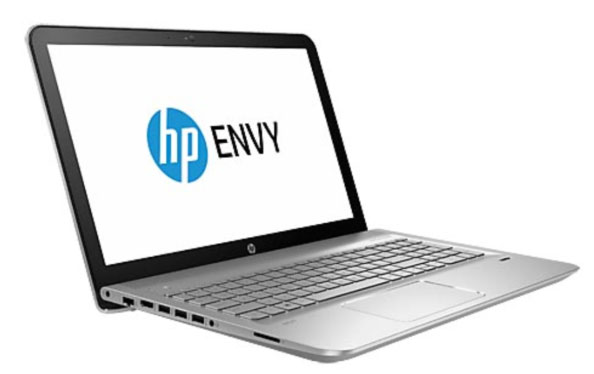The FreeSync technology, developed by AMD in conjunction with their latest video cards based on Radeon architecture, has experienced during 2015 an interesting commercial success that seems to be intended to be replicated in the course of 2016.
FreeSync is an adaptive refresh rate technology, thanks to which the display refresh rate is constantly adapted so as to be aligned to those that are the frames per second generated by the video card. In this way it is avoided that video to be generated a series of reproduction artifacts that reduce the overall quality of the experience of the game.
The technology is of open type, as it is based on the adaptive refresh specifications developed by the consortium VESA. AMD has implemented in hardware support within their latest generation GPUs, requiring manufacturers to develop screens of a firmware-compatible to receive certification for technology.
The approach differs in this respect from the G-Sync technology developed by NVIDIA; which it is proprietary and requires the integration in the display of a hardware component developed by NVIDIA in addition to one of paired certification process.
HP, a leading manufacturer of notebooks in the world, today announced it has integrated support FreeSync technology into its notebooks Envy 15z family-based APU AMD last generation. Not only since the second half of the year all the American company based notebook APU AMD will be provided with support to this technology series.
It remains now to assess how the market share based notebooks APU AMD will be released on the market, given the current numbers that are far higher absolute. It should also be noted that the FreeSync was technology developed specifically for gamers: be in this interesting way to see if AMD notebook manufacturers and partners will choose to implement FreeSync support even with the mobile solutions with discrete GPU Radeon family, more capable to ensure that processing power with 3D graphics that gamers seek.
FreeSync is an adaptive refresh rate technology, thanks to which the display refresh rate is constantly adapted so as to be aligned to those that are the frames per second generated by the video card. In this way it is avoided that video to be generated a series of reproduction artifacts that reduce the overall quality of the experience of the game.
The technology is of open type, as it is based on the adaptive refresh specifications developed by the consortium VESA. AMD has implemented in hardware support within their latest generation GPUs, requiring manufacturers to develop screens of a firmware-compatible to receive certification for technology.
The approach differs in this respect from the G-Sync technology developed by NVIDIA; which it is proprietary and requires the integration in the display of a hardware component developed by NVIDIA in addition to one of paired certification process.
HP, a leading manufacturer of notebooks in the world, today announced it has integrated support FreeSync technology into its notebooks Envy 15z family-based APU AMD last generation. Not only since the second half of the year all the American company based notebook APU AMD will be provided with support to this technology series.
It remains now to assess how the market share based notebooks APU AMD will be released on the market, given the current numbers that are far higher absolute. It should also be noted that the FreeSync was technology developed specifically for gamers: be in this interesting way to see if AMD notebook manufacturers and partners will choose to implement FreeSync support even with the mobile solutions with discrete GPU Radeon family, more capable to ensure that processing power with 3D graphics that gamers seek.

Comments
Post a Comment